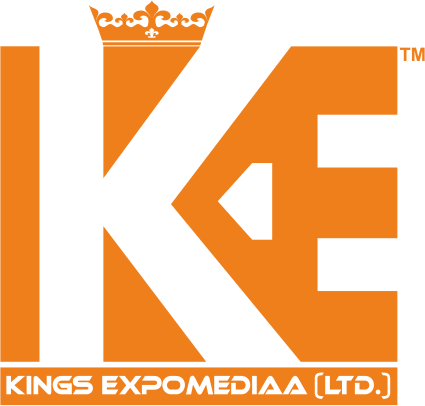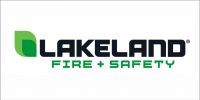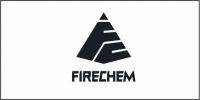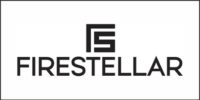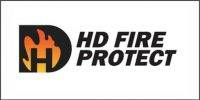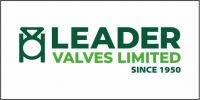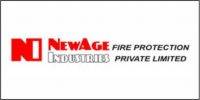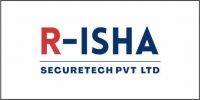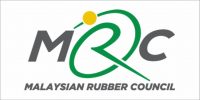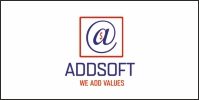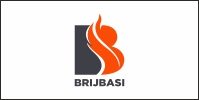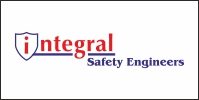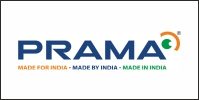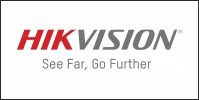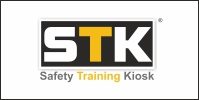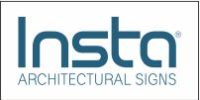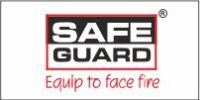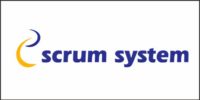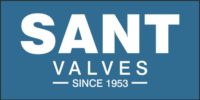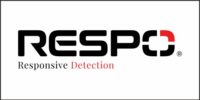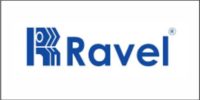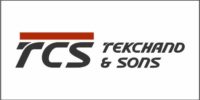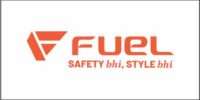 This research aims to investigate the challenges and potential solutions associated with promoting consistent compliance with safety eyewear in various workplace settings. Despite mandates, some workers may not consistently wear protective eyewear, leading to potential risks. The study will explore reasons behind non-compliance, such as lack of awareness, discomfort, or perceived low risk, and will propose strategies to address these issues. By focusing on education, accessibility, cultural reinforcement, and effective enforcement, the research seeks to provide practical insights for organizations to foster a culture where the use of safety eyewear is prioritized. The ultimate goal is to enhance overall workplace safety and reduce the risk of eye injuries.
This research aims to investigate the challenges and potential solutions associated with promoting consistent compliance with safety eyewear in various workplace settings. Despite mandates, some workers may not consistently wear protective eyewear, leading to potential risks. The study will explore reasons behind non-compliance, such as lack of awareness, discomfort, or perceived low risk, and will propose strategies to address these issues. By focusing on education, accessibility, cultural reinforcement, and effective enforcement, the research seeks to provide practical insights for organizations to foster a culture where the use of safety eyewear is prioritized. The ultimate goal is to enhance overall workplace safety and reduce the risk of eye injuries.
Objectives:
- Identify the primary reasons why workers may not consistently wear safety eyewear despite workplace mandates.
- Explore effective strategies to increase awareness and understanding of the importance of safety eyewear.
- Investigate the role of comfort and accessibility in influencing compliance with safety eyewear.
- Examine the impact of positive peer influence and a strong safety culture on the adoption of safety eyewear.
- Evaluate the effectiveness of various enforcement measures in promoting consistent use of safety eyewear.
- Propose recommendations for organizations to enhance compliance with safety eyewear and create a safer work environment.
Methodology: The study will employ a mixed-methods approach, combining surveys, interviews, and observational data. A sample of workers across different industries will be surveyed to gather insights into their perceptions, attitudes, and experiences related to safety eyewear usage. In-depth interviews with safety officers, supervisors, and key stakeholders will provide a more nuanced understanding of organizational policies and challenges. Observations of workplace practices and existing safety protocols will complement the qualitative data.
Expected Outcomes:
- Identification of key factors influencing compliance with safety eyewear.
- Insights into the effectiveness of current safety communication and training programs.
- Recommendations for organizations to improve the accessibility and comfort of safety eyewear.
- Strategies for fostering a positive safety culture that encourages peer-to-peer influence.
- Evaluation of enforcement measures and suggestions for optimizing their impact.
 Ensuring compliance with safety regulations, including the use of protective eyewear, is a critical aspect of maintaining a safe work environment. Despite mandates, there can be various reasons why workers may not consistently wear protective eyewear. Addressing these issues requires a combination of education, enforcement, and creating a culture of safety. Here are some primary reasons and potential strategies to encourage the consistent use of safety glasses:
Ensuring compliance with safety regulations, including the use of protective eyewear, is a critical aspect of maintaining a safe work environment. Despite mandates, there can be various reasons why workers may not consistently wear protective eyewear. Addressing these issues requires a combination of education, enforcement, and creating a culture of safety. Here are some primary reasons and potential strategies to encourage the consistent use of safety glasses:
- Lack of Awareness or Training:
- Reason: Workers may not fully understand the importance of wearing safety glasses or may be unaware of the potential hazards.
Action:
- Conduct regular safety training sessions to educate workers on the specific risks and consequences of not wearing safety glasses.
- Emphasize the long-term benefits of eye protection in preventing injuries and maintaining overall eye health.
- Uncomfortable or Ill-Fitting Eyewear:
- Reason: Uncomfortable or poorly fitting safety glasses can discourage consistent use.
Action:
- Provide a variety of safety glasses options to accommodate different face shapes and preferences.
- Ensure that safety glasses are properly fitted and comfortable for individual workers.
- Inconvenience:
- Reason: Workers may find safety glasses cumbersome or inconvenient, especially if they need to switch between regular and safety glasses frequently.
Action:
- Implement systems that make it easy for workers to access and use safety glasses when needed.
- Provide designated areas for safe storage and easy retrieval of safety glasses.
- Perceived Low Risk:
- Reason: Some workers may believe that the tasks they are performing do not pose a significant risk to their eyes.
Action:
- Reinforce the potential risks associated with various tasks, even seemingly low-risk ones.
- Share real-life examples or case studies of eye injuries that occurred in similar work situations.
- Negative Peer Influence:
- Reason: Workers might be influenced by colleagues who do not consistently wear safety glasses, creating a culture where non-compliance is tolerated.
Action:
- Foster a positive safety culture where adherence to safety protocols is encouraged and rewarded.
- Encourage peer-to-peer communication about the importance of safety and lead by example.
- Enforcement and Accountability:
- Reason: Lack of consequences for non-compliance may contribute to a lax attitude towards safety.
Action:
- Clearly communicate and enforce consequences for not wearing safety glasses.
- Implement a system of regular inspections to ensure compliance.
- Communication Breakdown:
- Reason: There may be a lack of effective communication regarding safety policies and expectations.
Action:
- Use clear signage and communication channels to remind workers of safety requirements.
- Conduct regular safety meetings to reinforce the importance of compliance.
- Providing Incentives:
Action:
- Consider implementing a reward system for consistent and proper use of safety glasses.
- Recognize and celebrate milestones where the workforce consistently adheres to safety protocols.
Ultimately, a comprehensive approach that combines education, accessibility, cultural reinforcement, and consequences for non-compliance is crucial in fostering a workplace where the use of safety glasses becomes a natural and ingrained practice. Regularly reassessing and adapting strategies based on feedback and changing circumstances is key to maintaining a strong safety culture.
